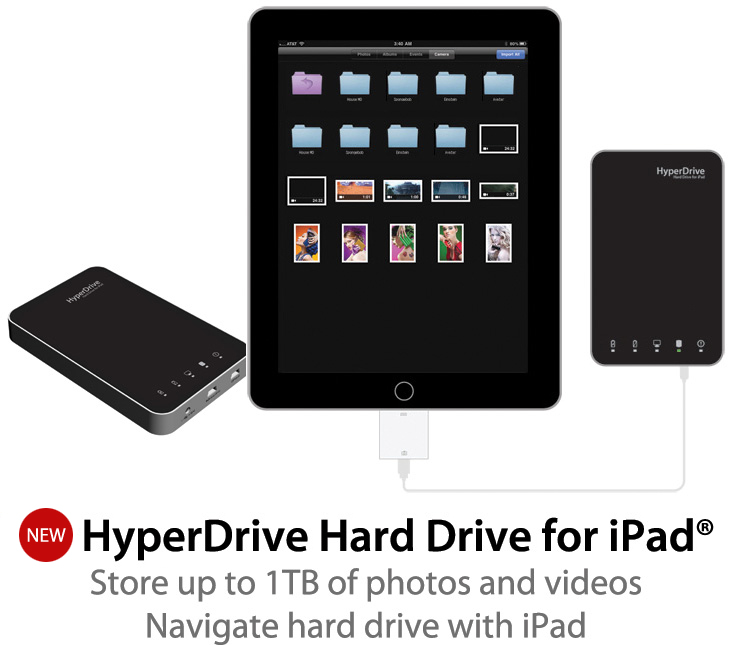It’s still winter time in much of the country (except the South where it hasn't been winter since the Younger Dryas - people sit around the swimming pool in January whispering, “winter is coming” to each other. Trust me. It’s true.). In this digital age there is a need for gloves to be much smarter than they ever have been before.
Ever been in the field recording a site in freezing temperatures with a high, cold, wind blowing everything around? What always happens right when you are at your coldest? The boss calls. You’ve got to, both, take off your gloves and then dig out your phone from where ever you have it stashed. Wouldn’t it be nice to leave them on? Or, maybe you’re working for one of those forward thinking companies that record with tablets and smart cameras in the field - ahem…- and you don’t want to take your gloves off to type on the screen. Good thing it’s 2013 and you have options.
In this post I’ll talk about just two of the many glove options out there for using your devices and staying warm at the same time. At the end of the post I’ll show you a product that will make ANY piece of clothing able to interact with your smart devices.
Conductive Screens
First, why do gloves need to be special to work with touch screen devices? There are several different ways to make a touchscreen but most tablets and smartphones use capacitive touchscreens. I’m not going to get into the science of it too much but I will touch on it a bit. Capacitive touchscreens are usually pieces of glass that are then coated with a conductive material. The human body is also conductive and when we touch the conductive surface we distort the screens electrostatic field which is interpreted by the device’s software. So, when you wear gloves you block the conductive properties of your skin. Smart gloves have conductive material in the finger tips so there is a constant connection between your finger and your glove. And, before anyone writes in, you can’t get shocked if you get the gloves wet. That’s just not how electricity works.
Geek Beat Video Review
Geek Beat is a great resource for all sorts of geeky tech and geeky gear reviews. They are in my regular video podcast feed that I watch everyday when I’m working out in the morning. The first part of the video below has the two pairs of gloves I’m going to talk about. You can watch the last half too but it’s not part of this post.
Moshi digits - Touchscreen Gloves, $30
Like I said at the top, there are lots of touchscreen gloves out there. However, many of them only have conductive surfaces on the thumb and first finger, or maybe even the middle finger too. Moshi gloves have conductive fiber on all ten fingers. Most tablets, and certainly the iPad, have the capability of having up to 10 fingers on the surface at one time. Most of the time you won’t need more than four but it’s nice to have options.
The Moshi gloves also have a grip patter on the surface so you don’t drop your devices. There is a soft microfleece lining for keeping you warm too. The gloves are washable so you can wash the “field” out of them occaisionally.
One thing to remember with any touchscreen gloves is that they need to be snug on your fingers. If there isn’t solid contact from your finger to the inside of the glove to the surface of the device then they won’t work properly.
Hi-Call Bluetooth Talking Glove, $69.99 (Amazon)
These gloves are crazy! Remember when you were a kid (or, since you’re in CRM are likely STILL a kid, just kidding…) and you would pretend answer a phone with your hand? I don’t even have to describe the motion because everyone knows what it looks like. Well, these bluetooth gloves allow you to answer a phone like that except that your phone is still stashed away.
The left glove has a speaker sewn into the thumb and a microphone sewn into the pinkie finger. To answer a call you simple have to put your hand in the familiar configuration and put it up to your head. The call will answer automatically and you can talk while looking like a huge dork. Who am I kidding? I want them! My birthday IS coming up in just a month…
The gloves come in black or gray and have 20 hours of talk time with 10 days of standby time. Some devices even display the charge of the gloves on your screen. The gloves come with an instruction manual and a microUSB to USB cable for charging.
Well, now you can say you’ve seen it all.
Conductive Thread, $4.99 for 5 m (price varies with length)
One last thing. If you already have a pair of gloves you like you can go the cheap route and just buy conductive thread! This thread is hand sewn into any garment you want to make conductive. Just be sure it goes all the way through so it can touch your fingers and your device at the same time. You should be able to use this on the thickest of gloves, although, you’ll likely destroy any waterproofing with the small holes made by the thread.
So, stay warm, stay connected, and remember you only look like a geek. You’re warmer than everyone else!
Thanks for reading and I’ll see you in the field!










